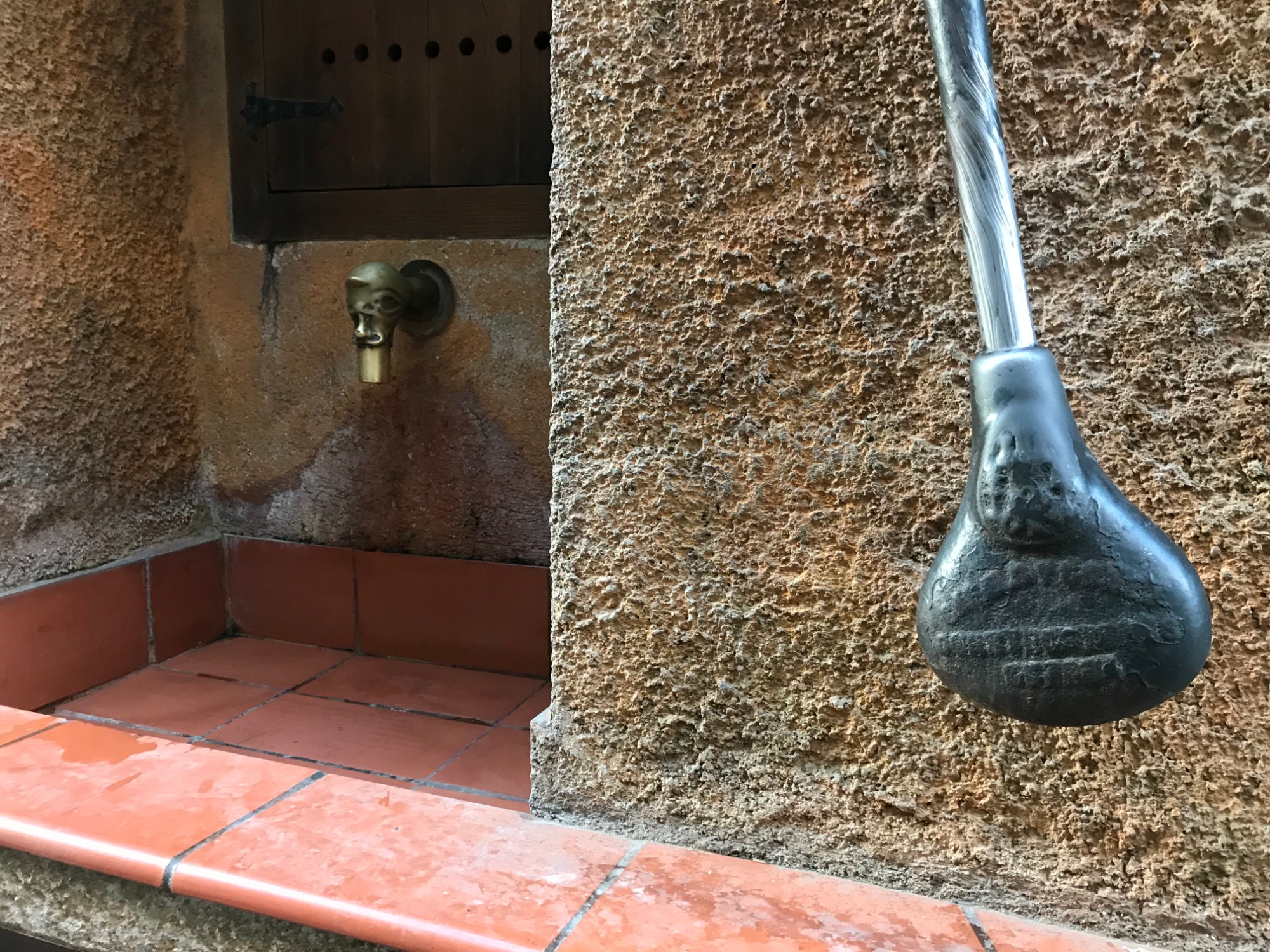Arbúcies has a rich cultural heritage. It is surrounded by monuments such as the castle of Montsoriu, the Farga del Roquer or the gardens of the Roquer... you can also visit the ethnological museum of Montseny to discover more about the town.
MONTSORIU'S GOTHIC CASTLE
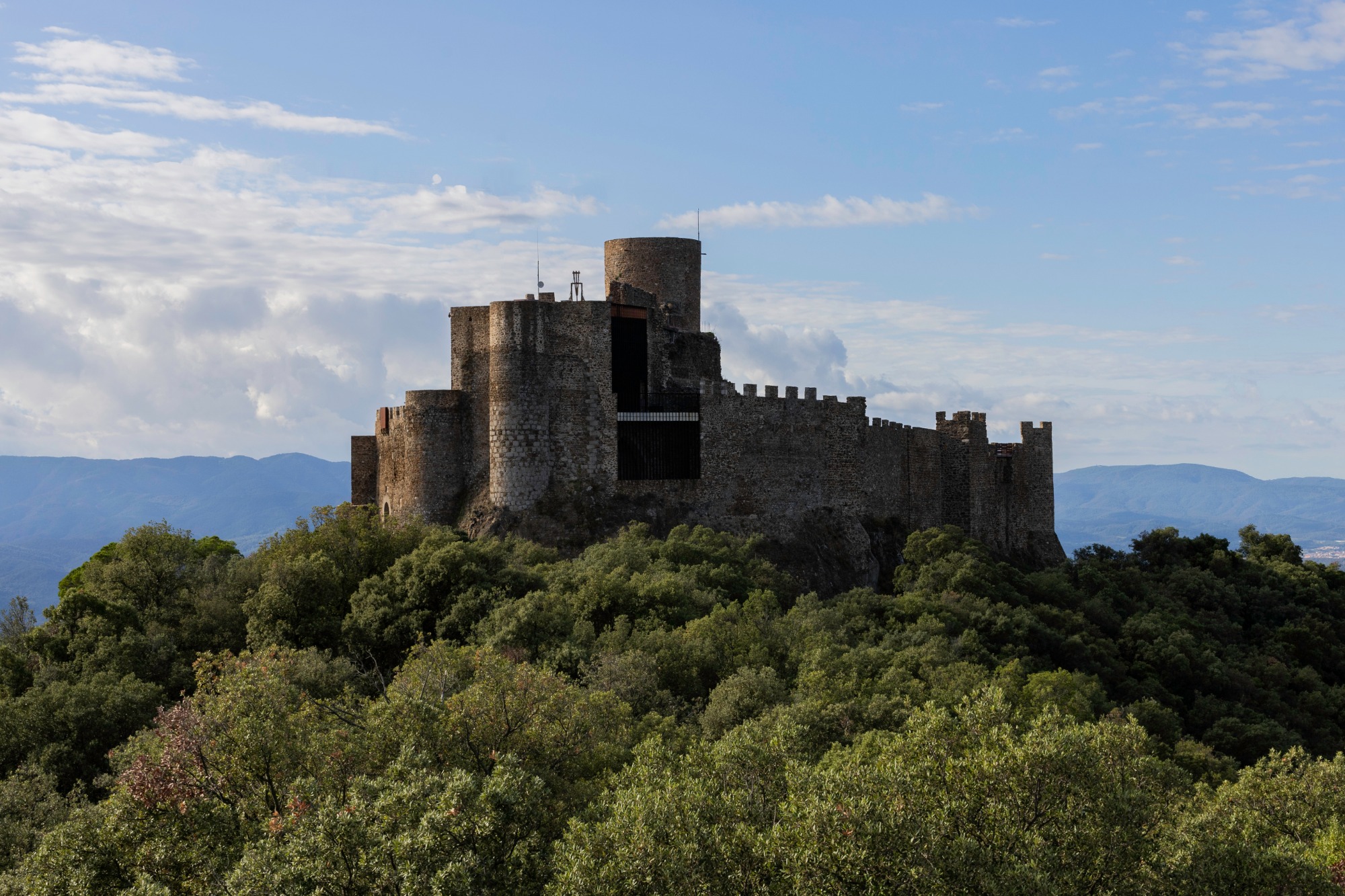
It is a medieval fortification dating from the 10th century. It stands out for its historical and architectural value, offering an impressive panoramic view.
Montsoriu, the best Gothic castle in Catalonia, is one of the most important medieval enclosures in our country and a privileged viewpoint over the Arbúcies Valley and the Montseny.
Visit Montsoriu and enjoy a journey through time, visiting the rooms of the three walled enclosures of the castle: walkways, chapels, noble rooms, cisterns... The impregnable castle of the Viscounts of Cabrera-Girona.
Click here to know more about the castle.
LA FARGA DEL ROQUER
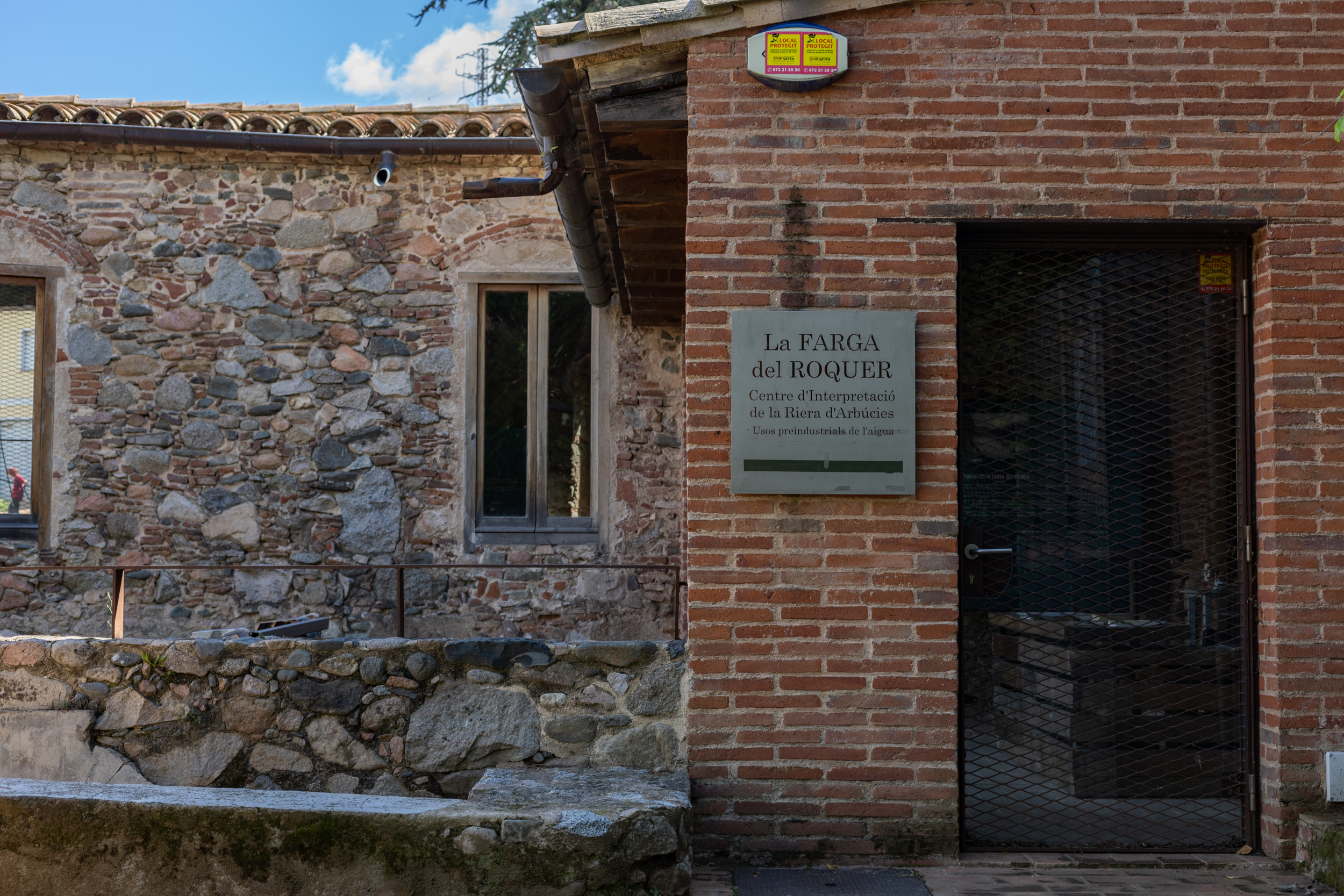
"La Farga del Roquer" is the Interpretation Center of the Arbúcies' creek. It is an old iron forge that preserves its original structure. It dates from the 17th century and offers a vision of the industrial past of the region. When we enter, the visit transports us to the past and allows us to observe the importance of water uses throughout history in the Arbúcies Valley.
This old forge of copper, built between 1846 and 1848, was in operation until 1873. Later, other industries that took advantage of water rights were installed, such as a tannery, a sawmill and, finally, a bodywork.
Today, a turbine from 1934 is still in full operation, thanks to the water supply of the pond, which promotes the old system of cramps.
MONTSENY ETHNOLOGICAL MUSEUM, LA GABELLA
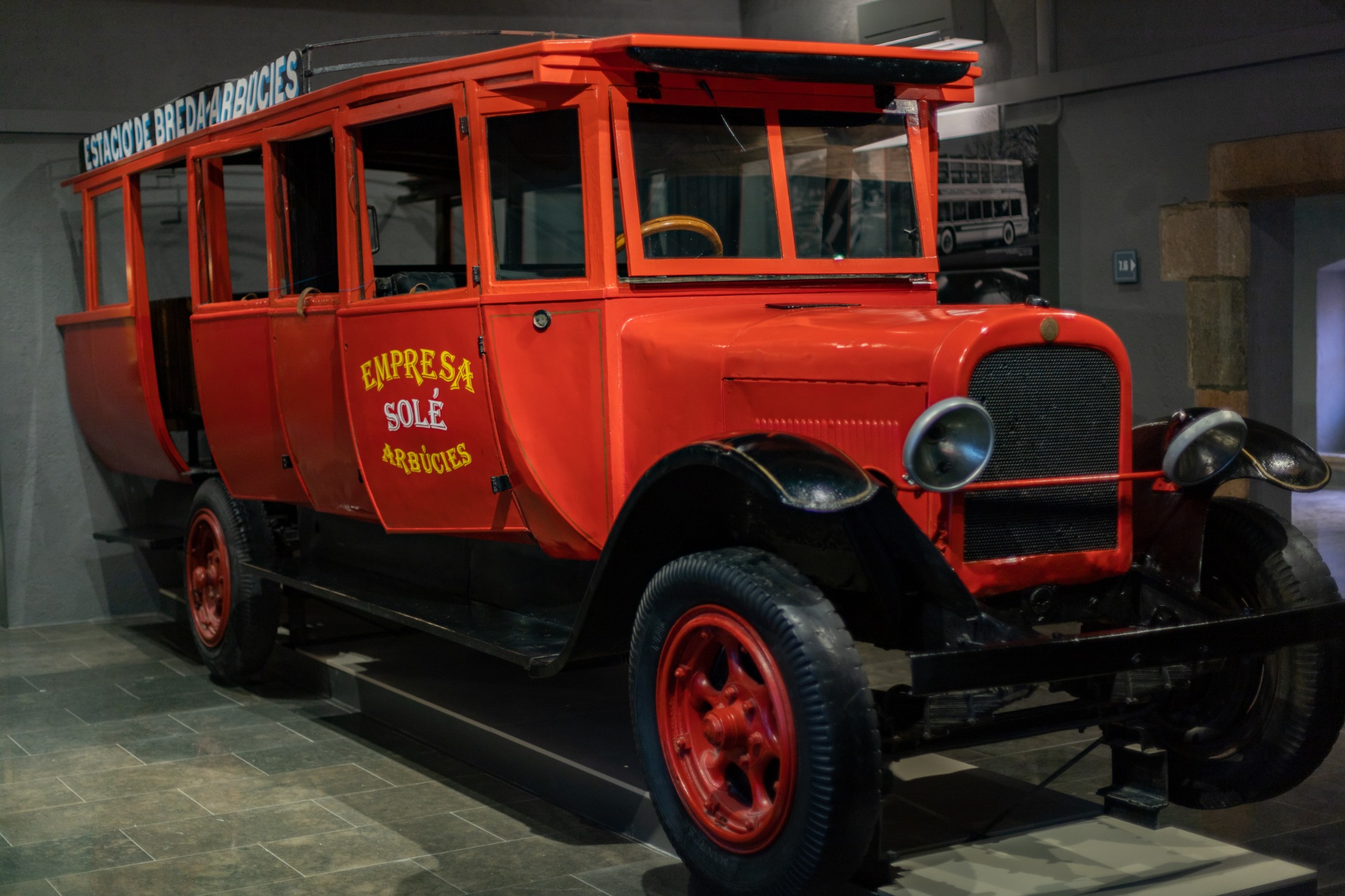
The Montseny Ethnological Museum, is a center for the exhibition, conservation, dissemination and research of the cultural heritage of the Montseny, which is installed in a building from the 17th century (1800 m2) totally restores and adapted, located in the town center of Arbúcies.
The permanent exhibition rooms show the material testimonies of the communities that have populated the Montseny throughout its history.
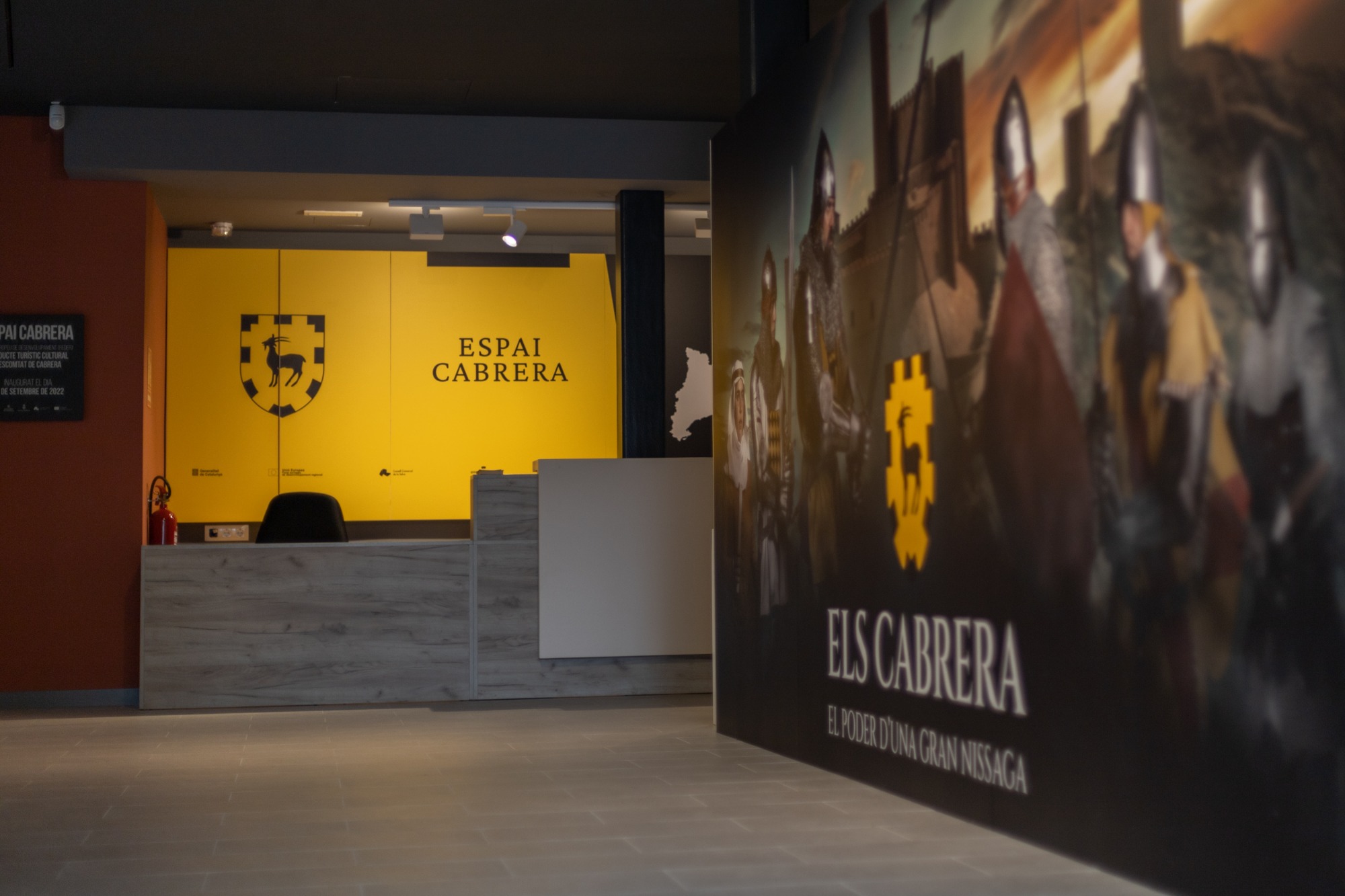
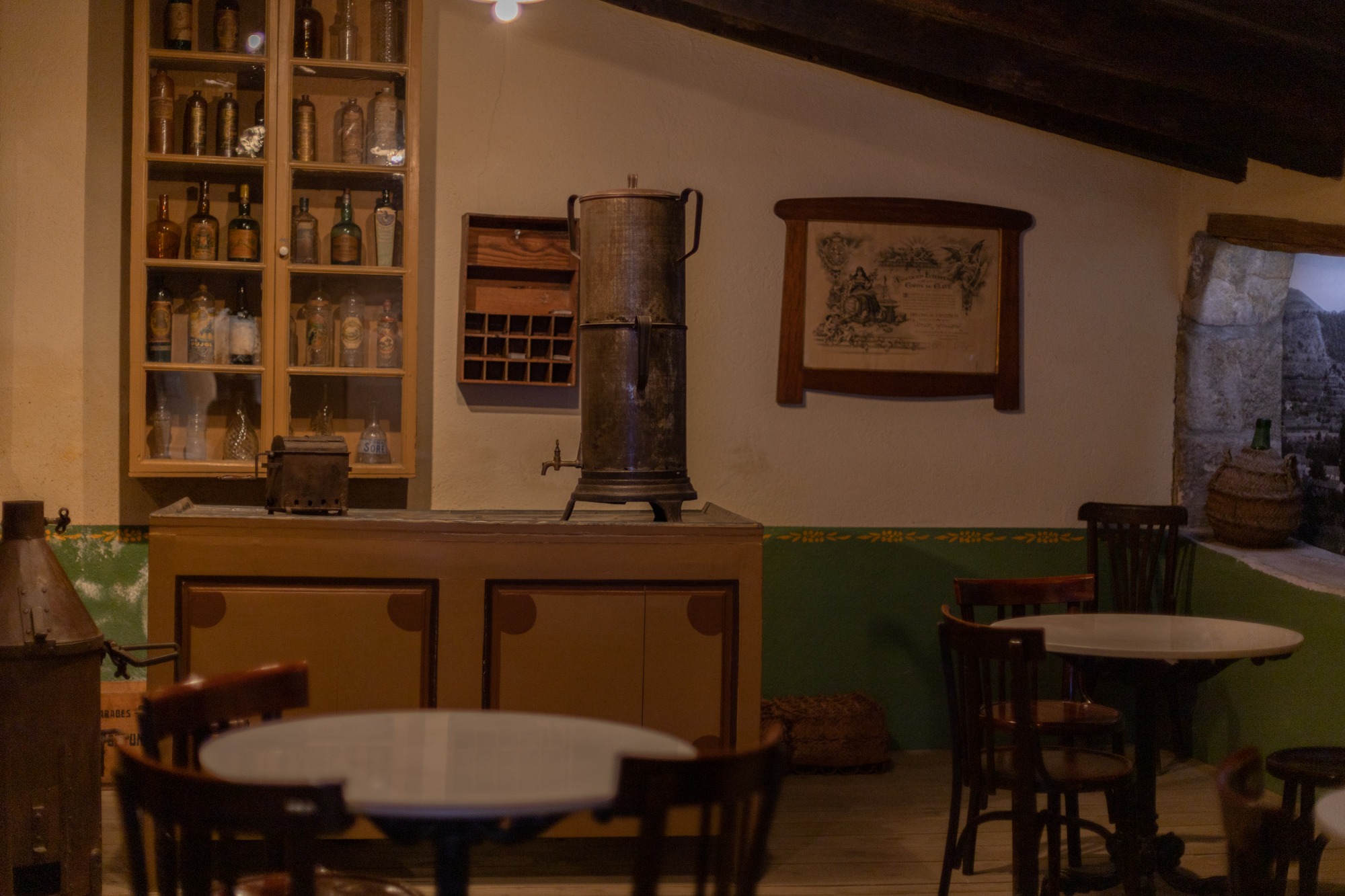
In the same building we will also find the Tourism Office of the town and the Natural Park of the Montseny and a sample of artisanal crafts and an incipient industrialization based on the wooden wheel, textile and coach bodywork, which is currently fully consolidates and leading the sector.
ROQUER'S GARDEN
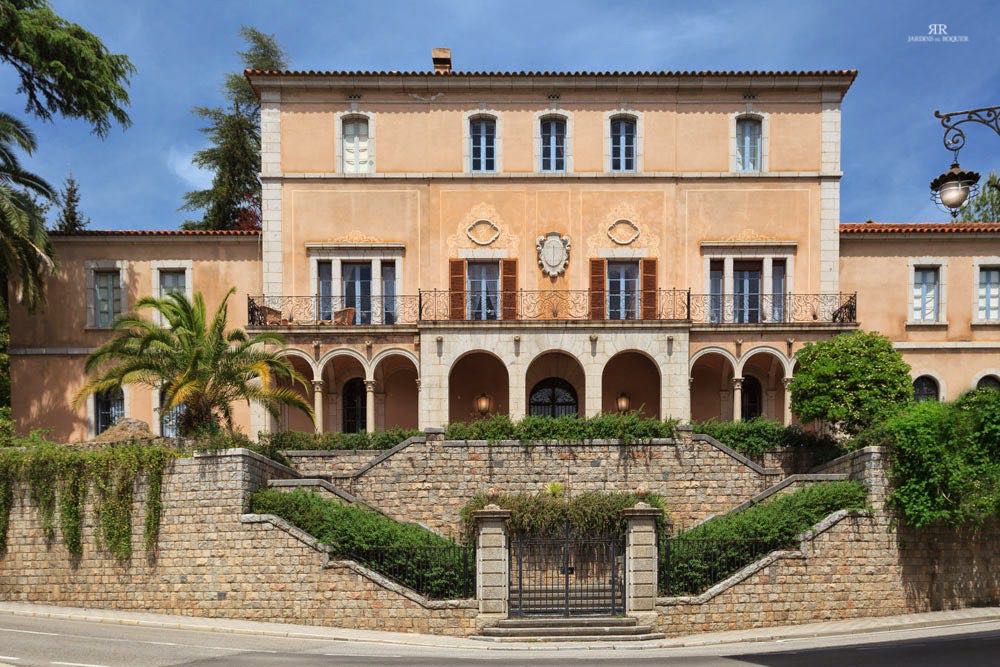
Roquer's Gardens date from the 19th century as leisure spaces for the Roquer family. With an extensive collection of trees and plants, Emili Garolera completed the garden that is currently formed by more than two hundred and fifty species.
It is considered one of the best dendrological gardens in Europe and collects trees from the five continents, some of them centenary. We find unique specimens in the world, such as the Himalaya cedar whose pine cones adopt a reddish colour; also noteworthy are the sequoias and cedar, with a height of up to forty-five meters. But the jewel of the garden is, without a doubt, the great magnolia, cataloged as a monumental tree by the Generalitat de Catalunya. It is the largest specimen of Grandiflora Magnolia in Europe.
The garden also houses a wide variety of flowers, which provide the environment with a splendid chromatic. It is worth noting the avenue of the Camélias, the roundabout surrounded by orchards, the flowerbeds composed of mosaics of varied species, the numerous lakes full of water lilies and the enormous variety of roses.
ROMANESQUE ARBÚCIES
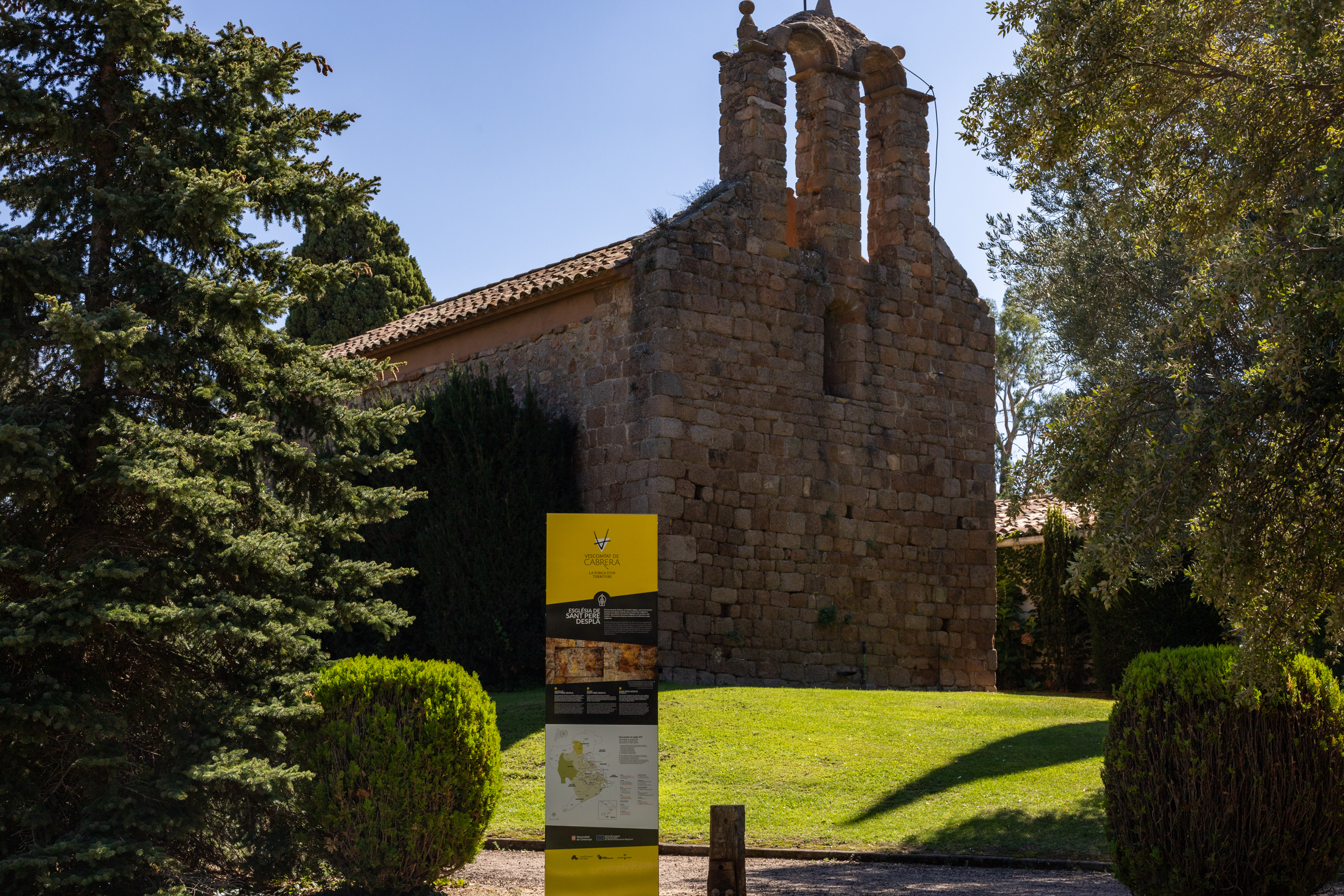
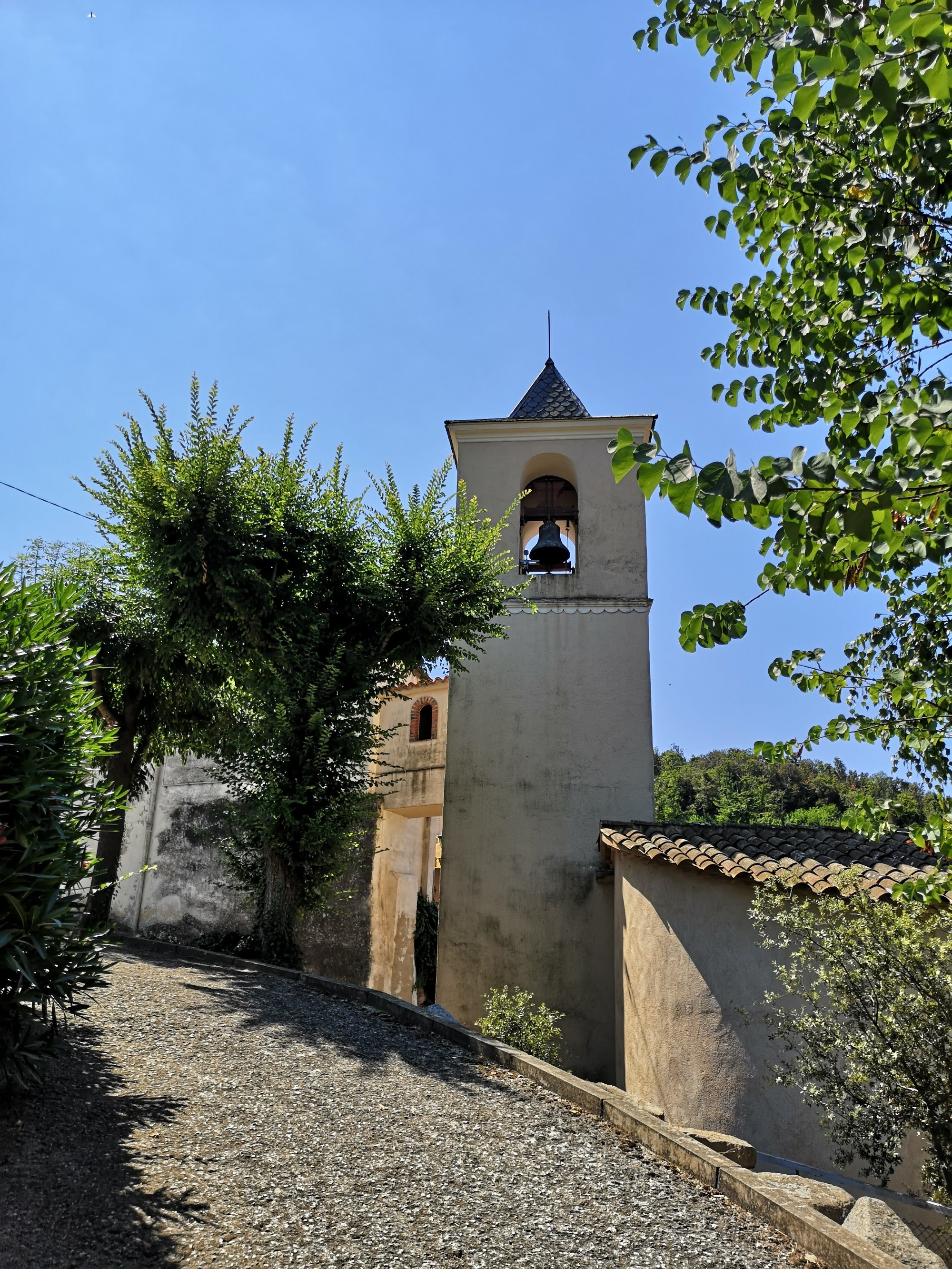
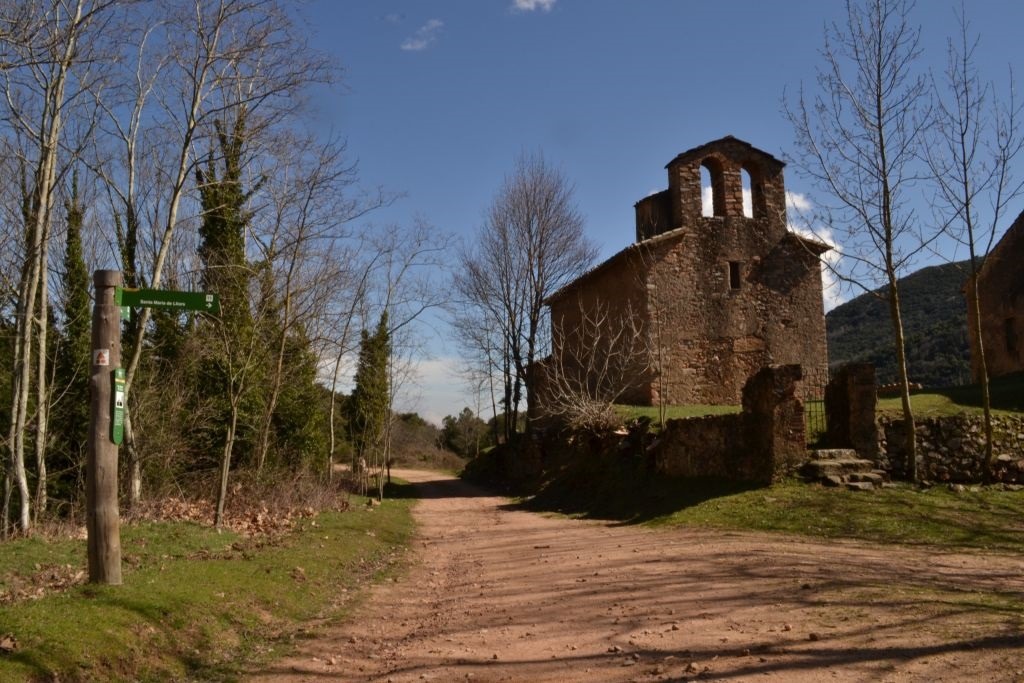
Arbúcies valley preserves a group of small religious buildings of this artistic style that was developed nearly a thousand years ago in a general way in a large part of Catalonia.
Its privileged location to different parts of the valley is an added attraction that remembers us his millenial origin.
You can discover these buildings by clicking here or by consulting the information brochure.
Sant Pere Deslpà:
Church of pre-romanesque origin (9th - 10th centuries) located in an exceptional viewpoint astride the Montseny massif and the Guilleries. It appears documented for the first time in 923.
Sant Cristófol de Cerdans:
Romanesque-style church dedicated to Sant Cristòfol that dates from the year 878. It preserves typical elements of Romanesque architecture from the 11th and 12th centruies.
Santa Maria de Lliors:
Suffragan parish church of Sant Quirze d'Arbúcies that dates from the 10th century. It is of Romanesque origin and is located under the Sant Marçal pass.
Sant Mateu de Joanet:
Joanet parish church dedicated to Sant Mateu. The building is of Romanesque origin, but in 1619 it was completely transformed and lost the visible elements of the Romanesque period.
CENTER OF THE VILLAGE
The historic center of Arbúcies is represented in the town square, where the architecture of its arcaded gallery and the building of the parish church of St. Quirze and St. Julita stand out. Next to the square there are two large buildings representative of the past: "La Gabella" (museum) and the Rectory. In the very centre of the square there are some of the symbols of the town: The Tree of Liberty (a large banana tree planted in the mid-19th century)
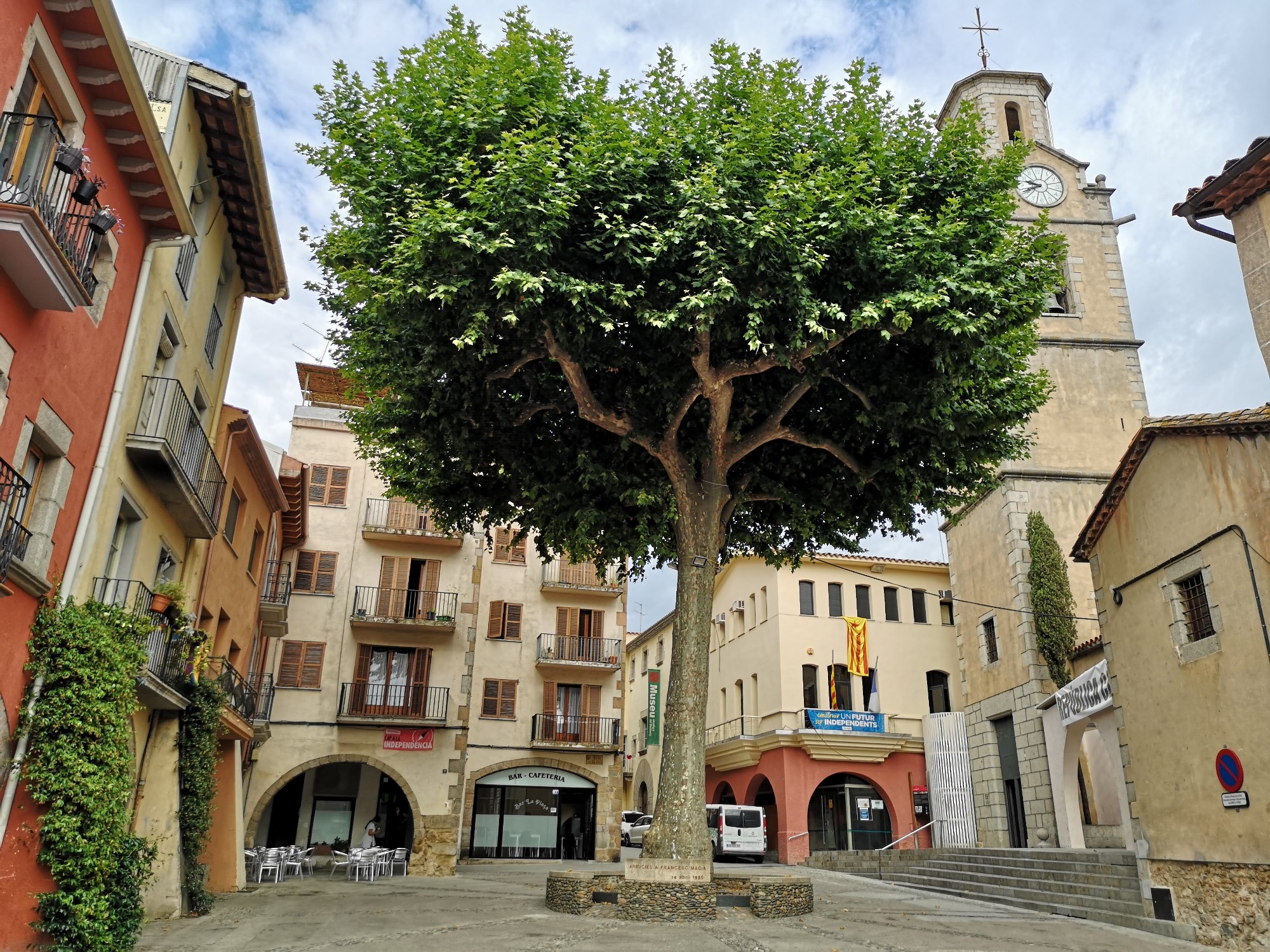
A walk through the different charming streets of the center of Arbúcies allows us to contemplate some houses with details of the modernist and nineteeth century period and discover a whole series of heritage deems that await you in every corner, such as the typical sources of pumps, installed in 1908 by the extraction of well water.
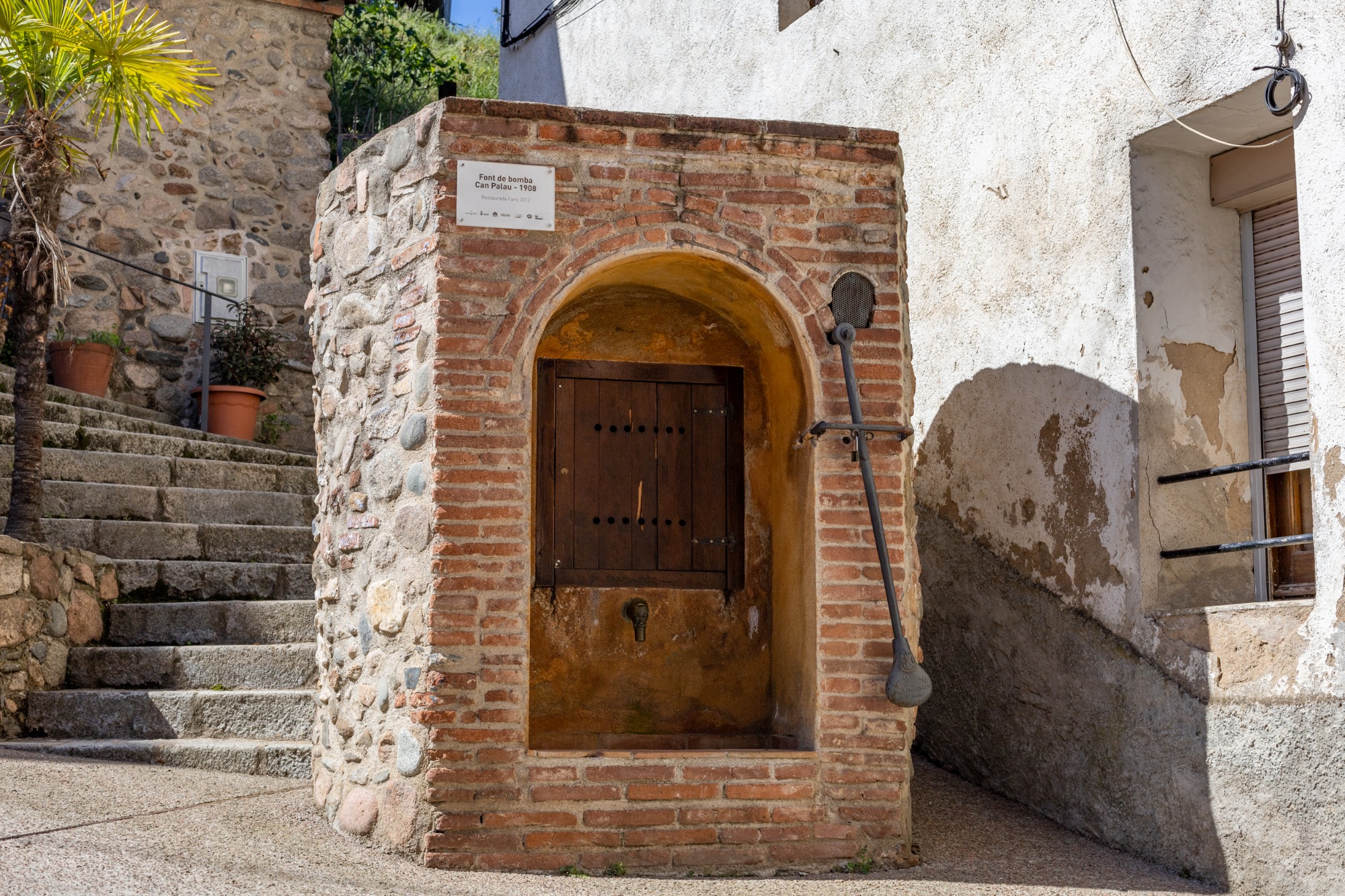
ARTISANAL PRODUCTS
One of the main attractions of the Vall d’Arbúcies is the quality of its handmade products. Thus, you can not stop savoring its typical sausages and pastry, such as the "pa the pessic". As the time of year you will also enjoy seasonal products: apples, beans, bowls, chestnuts....
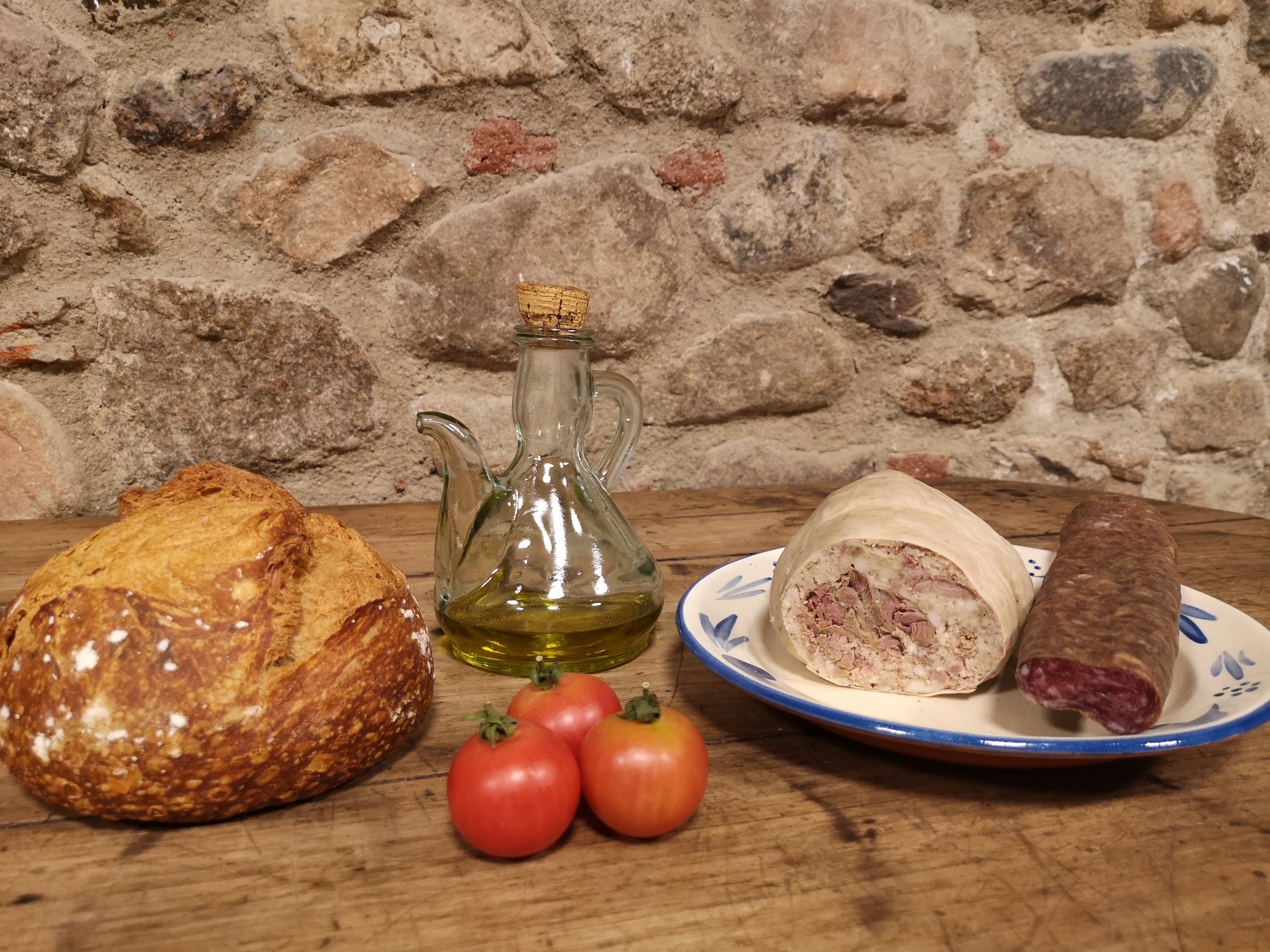
These local products are the basis of the cuisine of Arbúcies, a traditional cuisine that you can taste in the different restaurants of the town, which is gradually becoming a reference and already has a restaurant decorated with a Michelin star.
"Pa de pessic":
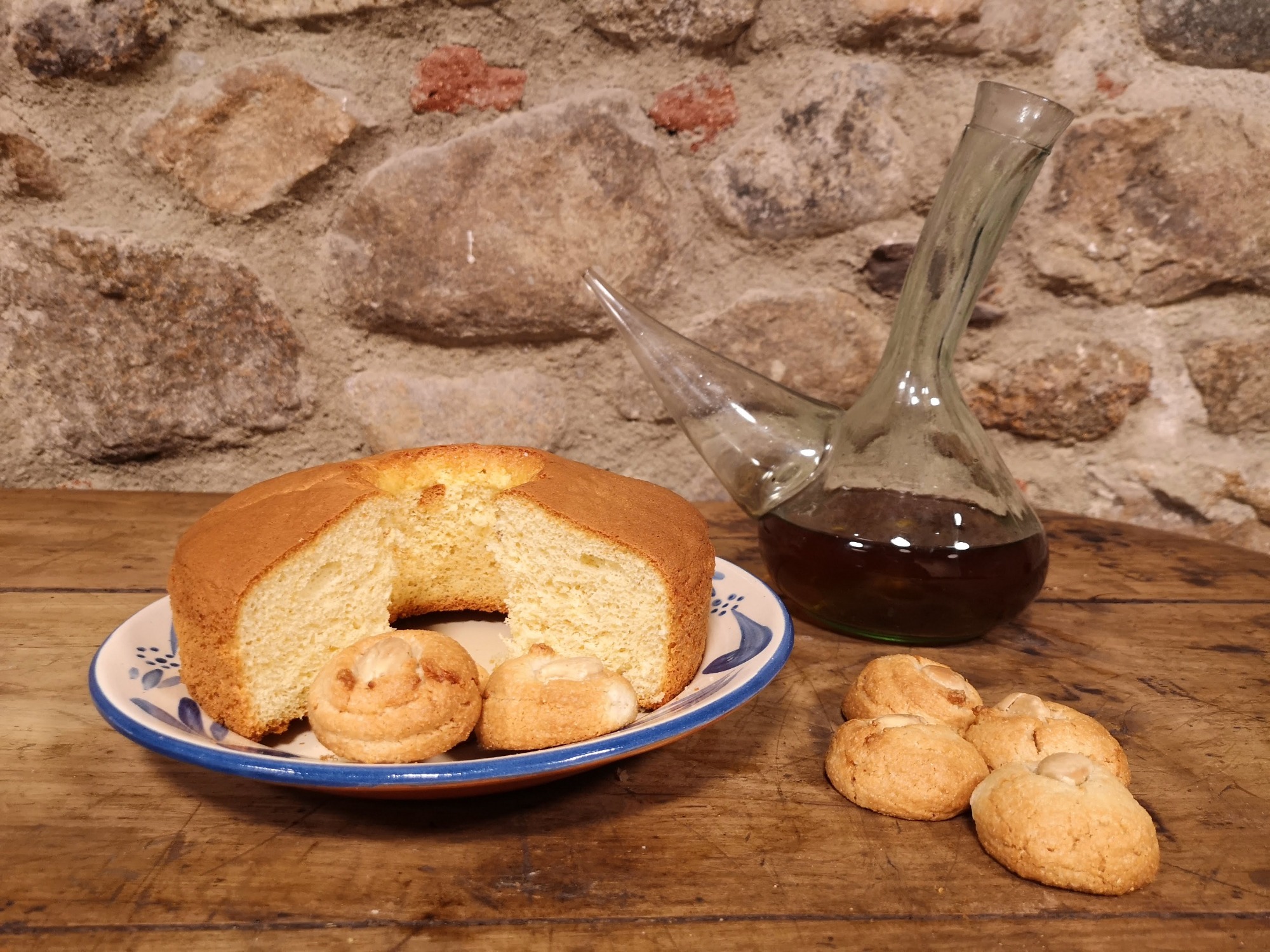
At the foot of Montseny, Arbúcies has always offered, a traditional cake, the memory that many visitors take from this beautiful town.
Arbúcies pastry shop claims that they were the first to produce the "pa de pessic", and in fact, they have very old documentation that would prove it.
